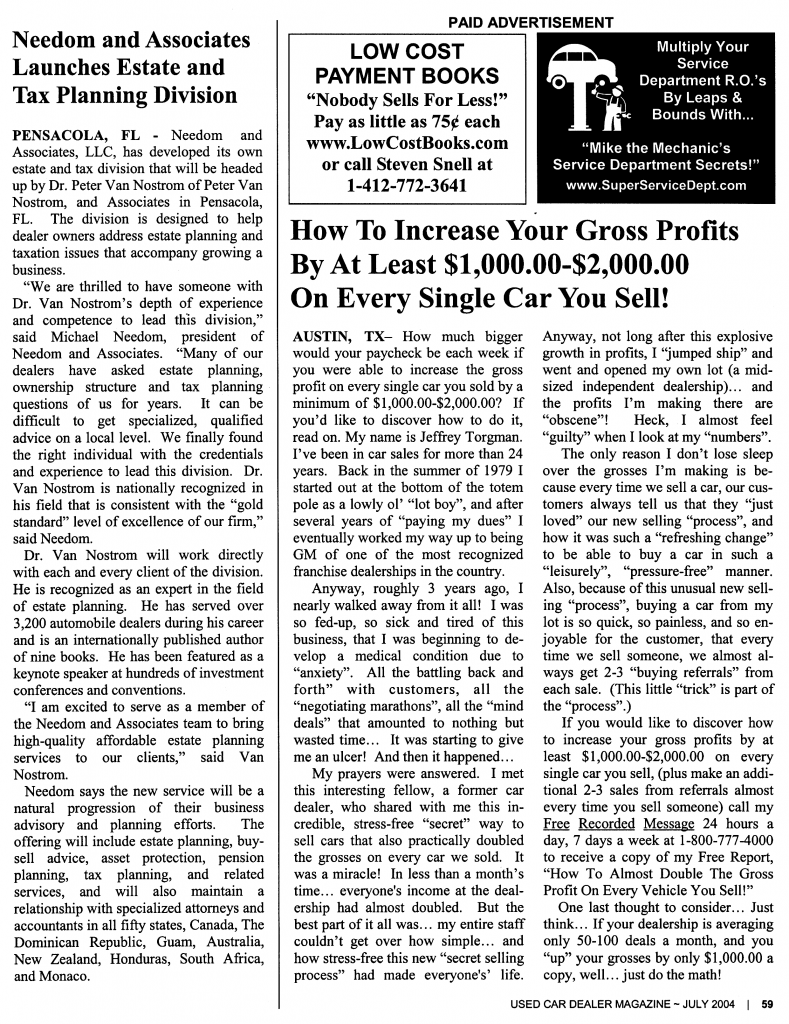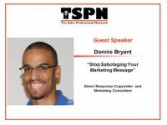I haven’t had maple syrup in a very long time, and I’m willing to bet that you haven’t either, no matter how often you eat pancakes or waffles.
The American companies that make syrup aren’t being very upfront about this fact.
I didn’t realize it, but the syrup I’d been using for the longest time is imitation maple syrup. There isn’t one drop of real maple in it. After a follow-up investigation at the grocery store, I found that the same seems to be true about all the popular brands.
How long has this been true? Why didn’t anyone tell me?
Real maple syrup (the stuff that comes out of trees) is available, but it’s three times more expensive.
Now, I don’t suppose there’s anything wrong with selling a knock-off as long as you’re honest about it. But like I mentioned, not everyone sees the value in honesty. Observe:

See what they did? A little mind trick. This brand is for sale at Aldi stores.
This particular syrup maker chose the name “Aunt Maple’s” so they could sell “Maple’s” syrup. Rather than saying “Maple-flavored” they chose “Original” and stuck the word at the bottom of the label.
Sneaky!
This tactic reminded me of one used by a student of Gary Halbert to increase the readership and credibility of his newspaper advertisements.
If you ever look at magazines and newspapers, even search engine results, you’re familiar with the “Advertisement” label that tells readers what is editorial content and what’s an ad.
One marketer innovated a clever way to make his paid ads look like regular articles (Joe Polish goes into detail about the concept here). Take a look:
 Using what are obviously ads, he created a buffer between the advertorial piece and the “Paid Advertising” label. This technique improved the response to the ad by an impressive 750%.
Using what are obviously ads, he created a buffer between the advertorial piece and the “Paid Advertising” label. This technique improved the response to the ad by an impressive 750%.
Perception is powerful.
I was upset to find out that the syrup makers pulled a fast one on me. (Maybe I should have been mad at myself for not noticing sooner) Dishonesty is not something I advocate, but it’s hard to be mad at the creative approach they’re taking to position their product in the minds of consumers as real.
Do you need to improve your customers’ perception of the products/services you’re marketing?
I’d love to talk with you about it.











